Chinwei Huang
Downlink SCMA Codebook Design with Low Error Rate by Maximizing Minimum Euclidean Distance of Superimposed Codewords
Jan 09, 2021
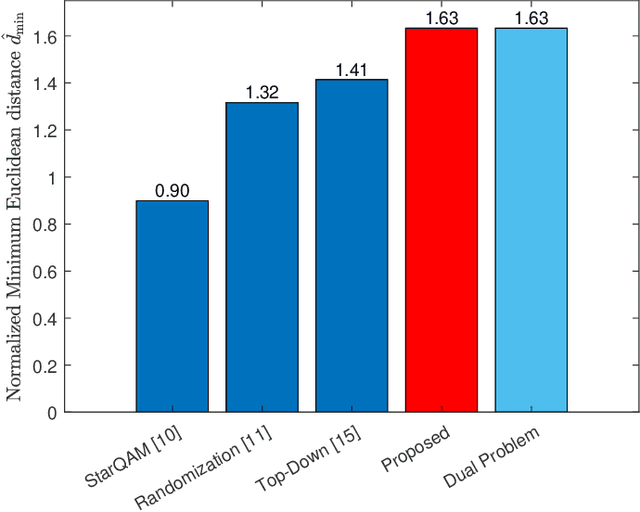
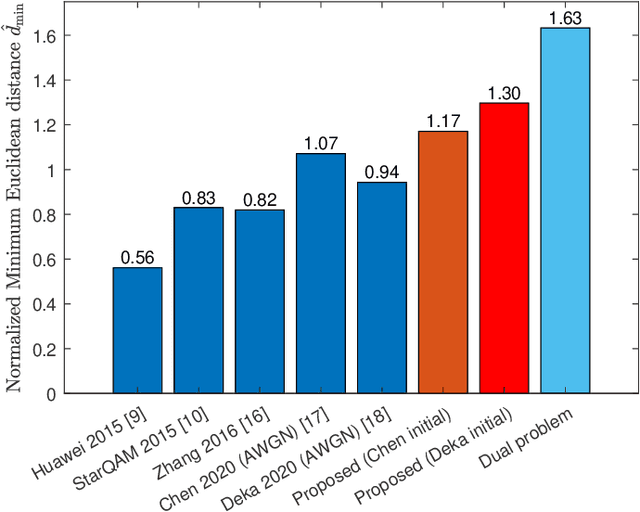
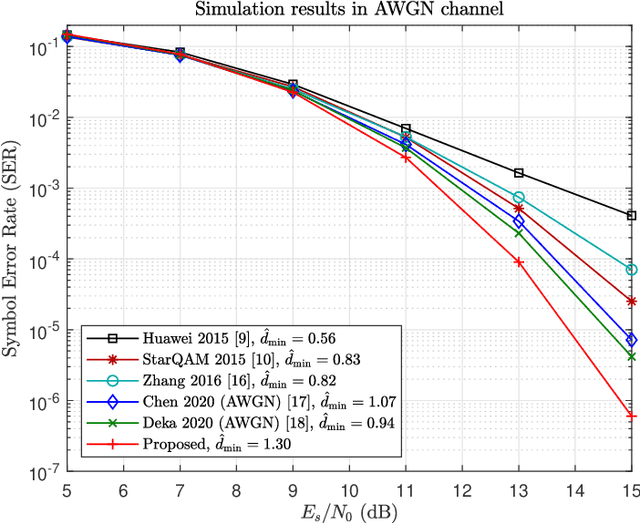
Abstract:Sparse code multiple access (SCMA), as a codebook-based non-orthogonal multiple access (NOMA) technique, has received research attention in recent years. The codebook design problem for SCMA has also been studied to some extent since codebook choices are highly related to the system's error rate performance. In this paper, we approach the downlink SCMA codebook design problem by formulating an optimization problem to maximize the minimum Euclidean distance (MED) of superimposed codewords under power constraints. While SCMA codebooks with a larger minimum Euclidean distance (MED) are expected to obtain a better BER performance, no optimal SCMA codebook in terms of MED maximization, to the authors' best knowledge, has been reported in the SCMA literature yet. In this paper, a new iterative algorithm based on alternating maximization with exact penalty is proposed for the MED maximization problem. The proposed algorithm, when supplied with appropriate initial points and parameters, achieves a set of codebooks of all users whose MED is larger than any previously reported results. A Lagrange dual problem is derived which provides an upper bound of MED of any set of codebooks. Even though there is still a nonzero gap between the achieved MED and the upper bound given by the dual problem, simulation results demonstrate clear advantages in error rate performances of the proposed set of codebooks over all existing ones. The correctness and accuracy of error curves in the simulation results are further confirmed by the coincidences with the theoretical upper bounds of error rates derived for any given set of codebooks.
A Benchmark of Medical Out of Distribution Detection
Jul 08, 2020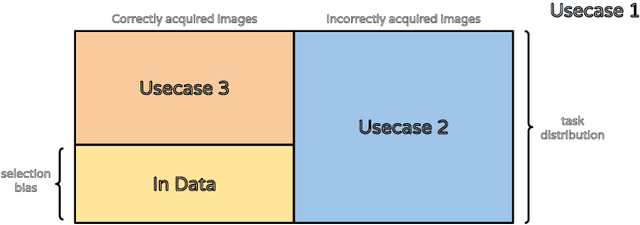

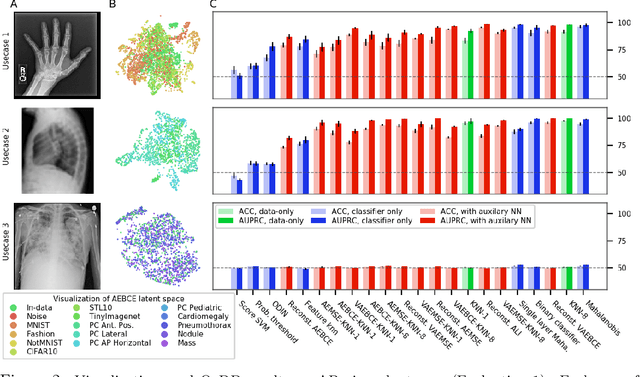
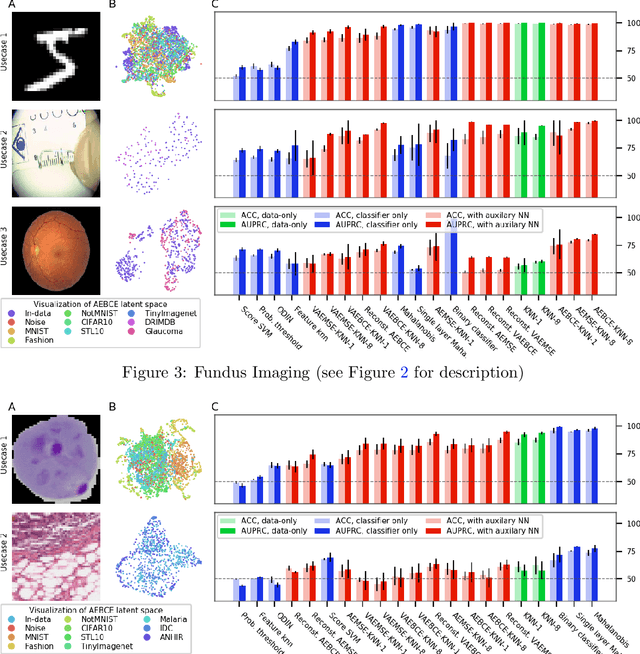
Abstract:There is a rise in the use of deep learning for automated medical diagnosis, most notably in medical imaging. Such an automated system uses a set of images from a patient to diagnose whether they have a disease. However, systems trained for one particular domain of images cannot be expected to perform accurately on images of a different domain. These images should be filtered out by an Out-of-Distribution Detection (OoDD) method prior to diagnosis. This paper benchmarks popular OoDD methods in three domains of medical imaging: chest x-rays, fundus images, and histology slides. Our experiments show that despite methods yielding good results on some types of out-of-distribution samples, they fail to recognize images close to the training distribution.
 Add to Chrome
Add to Chrome Add to Firefox
Add to Firefox Add to Edge
Add to Edge